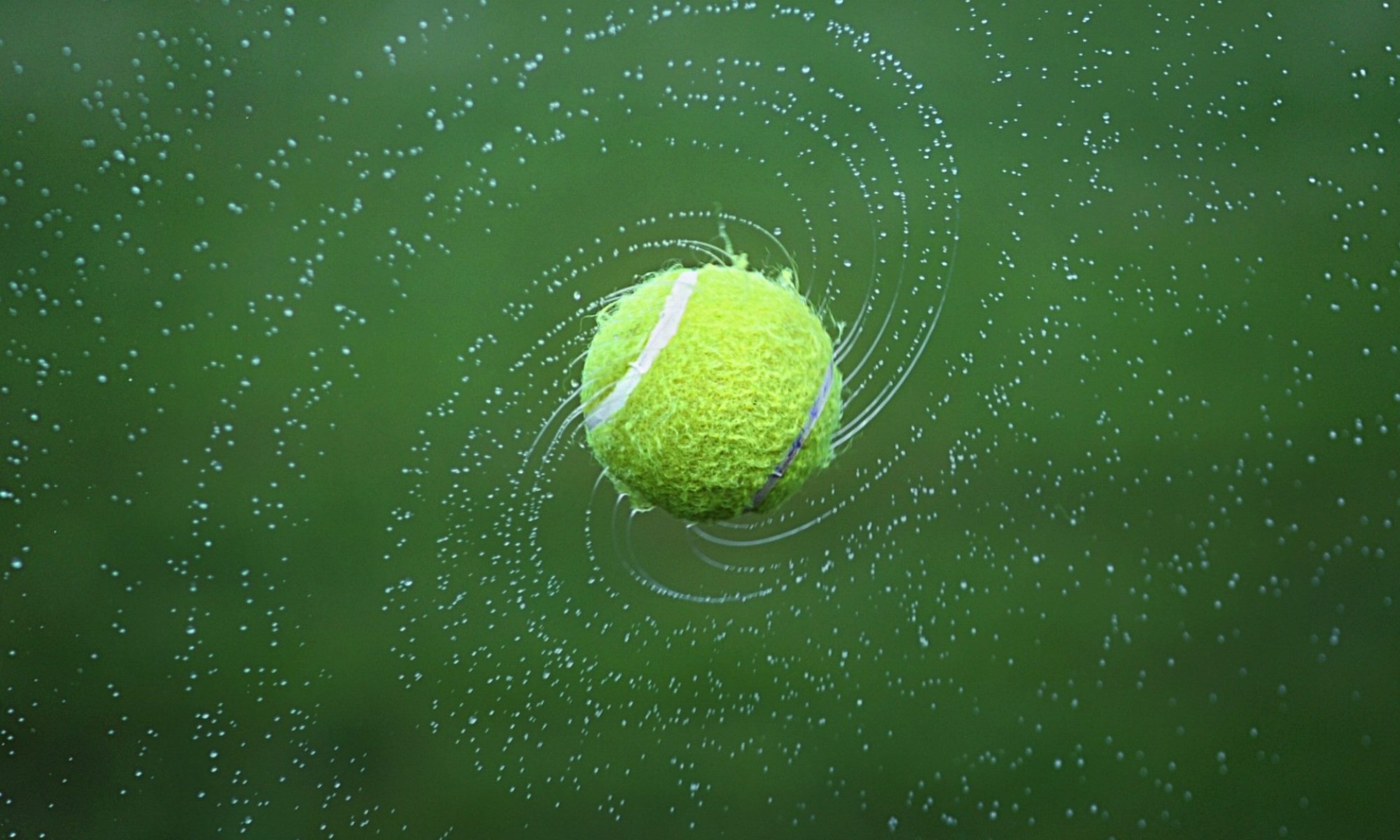One of the best ways to win points in tennis is to recognize and put away short balls(balls that bounce around the service line.) When you see a short ball immediately go on the attack. Move forward into the court, turn your shoulders, but keep your body facing toward the net. Keep your opposite hand on the racket as you rotate to help insure a full shoulder turn, and keep you balanced.
As you close in on the ball, step into the shot with your non-dominant foot(left foot for right hander), and explode forward(pushing with your dominant foot and engaging your core muscles). The key is to time the forward push as you start the forward swing, making contact with the ball on the rise and/or above the net. Launch yourself forward not upward, but neither foot should be on the ground at contact. Put topspin on the ball to clear the net and keep the ball from going long. Down the line is a high percentage shot in this instance.
Next time we’ll discuss what to do if you can’t get to the short ball while it’s on the rise or above the net.
